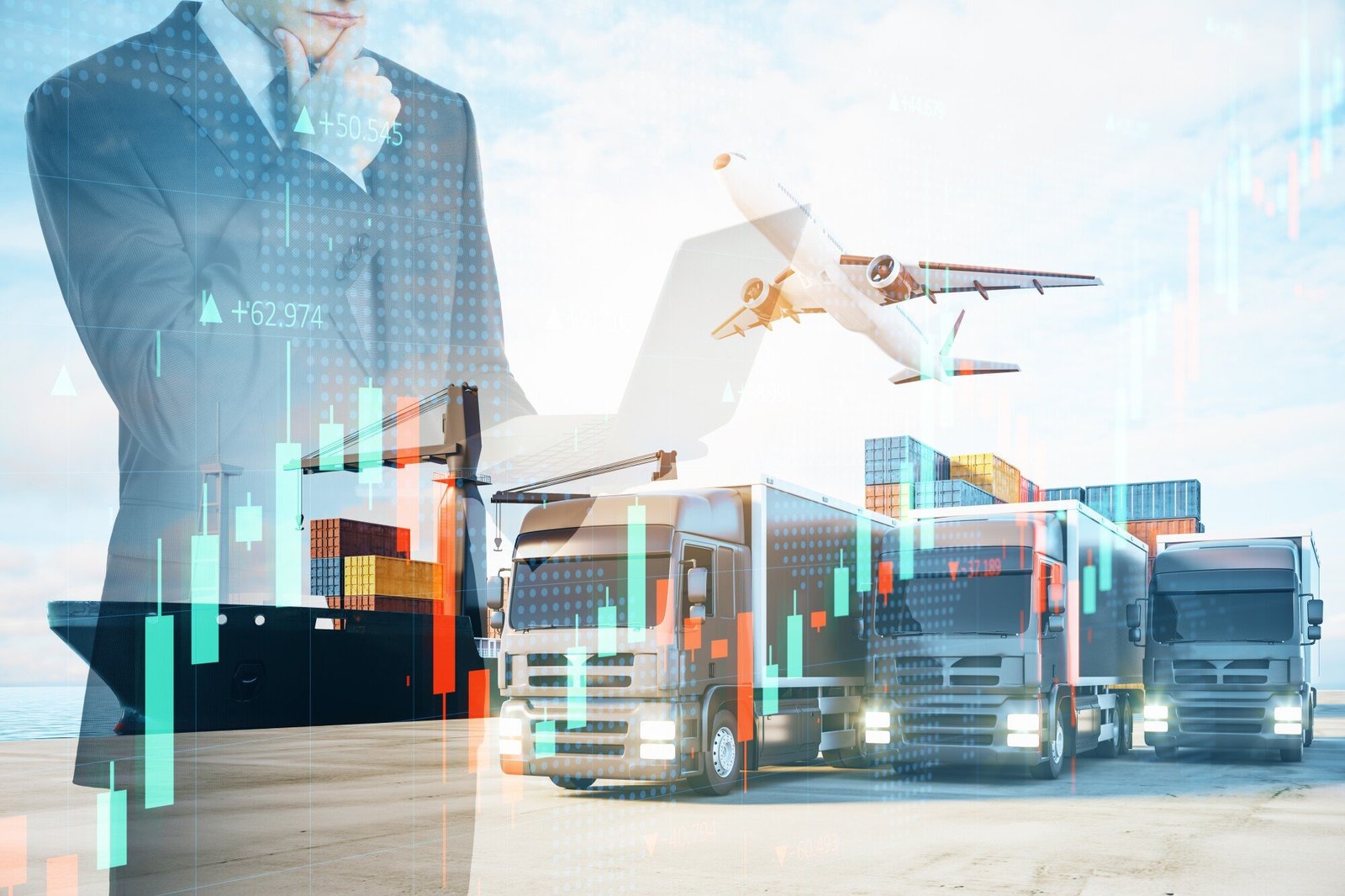Revolutionizing Warehouses: The Impact of Logistics Technology
Logistics technology is changing the way goods are moved and stored. It uses tools like GPS, drones, and automated systems to make the process faster and more efficient. With these technologies, companies can track shipments in real time and reduce delivery times.
This tech also helps in cutting costs and minimizing errors in the supply chain. In this blog, we will explore the impact of logistics technology in revolutionizing warehouses.
Robotics: Shaping the Future of Warehousing
Robotics is a significant part of logistics innovation and redefining warehousing. Robots can handle repetitive tasks like picking and packing with incredible accuracy. This precision reduces errors and speeds up the entire process.
Advanced robotics systems can also adapt to changing workloads. They can take on more tasks during peak times and scale down when things are slower. This flexibility helps warehouses operate efficiently year-round.
Moreover, robots can work in difficult environments, allowing human workers to focus on less dangerous tasks. They improve safety by reducing the chance of accidents. As technology advances, the role of robotics in warehousing will only expand.
IoT (Internet of Things): Real-Time Tracking & Transparency
IoT technology is transforming warehouse optimization with real-time tracking and transparency. With IoT devices, warehouses can monitor inventory levels and track the location of goods at all times. This reduces the risk of lost items and improves overall efficiency.
Employees can use real-time data to make better decisions. For instance, they can identify when stock is low and reorder supplies before they run out. This ensures that operations continue smoothly without delays.
Additionally, IoT helps improve transparency in the supply chain. Companies can share data with partners, providing insights into shipment status and delivery times. This builds trust and fosters better collaboration between businesses.
AI (Artificial Intelligence): Intelligent Decision-Making
AI technology in logistics is enhancing decision-making processes. AI tools can analyze huge amounts of data quickly. This helps businesses make smart choices about their supply chain operations.
AI can predict demand and supply trends by studying patterns. It can also identify potential problems before they occur. This proactive approach reduces delays and improves efficiency.
Furthermore, AI can optimize routes for delivery trucks. This means goods are delivered faster and with less fuel. As AI continues to evolve, its impact on logistics will grow even more significant.
Automation: The New Normal
Automation in warehouses is transforming how work is done. With the use of automated systems, warehouses can now operate 24/7 without human intervention. These automated systems are faster and make fewer mistakes.
Logistics gate automation is also playing a key role. It controls the flow of trucks in and out, making the process smoother. As a result, companies save both time and money.
Another big benefit is safety. Automated systems can work in dangerous areas that are not safe for humans. This means fewer accidents and injuries in the workplace.
Big Data Analytics: Making Sense of Information
Big Data Analytics helps warehouses make sense of large amounts of information. By analyzing data, companies can find ways to improve their logistics solutions. They can spot trends and patterns that were not visible before.
Warehouses can use these insights to optimize their operations. For instance, data can help them decide the best times to restock and ship items. This helps reduce costs and improve efficiency.
Big Data Analytics also helps make predictions about future needs. This means companies can be ready for changes in demand. By being proactive, they can stay competitive and better serve their customers.
Cloud-Based WMS: Flexibility and Scalability
Cloud-based Warehouse Management Systems (WMS) offer incredible flexibility for businesses. These systems can be accessed from anywhere with an internet connection. This makes it easy for companies to manage their warehouses remotely.
Scalability is another major benefit of cloud-based WMS. The system can grow as your business grows. You can add more features and storage without big hardware upgrades.
This technology also lowers costs. There’s no need for expensive servers or IT maintenance. Instead, businesses pay for what they need and can scale up or down as required.
Augmented Reality (AR): Revolutionizing Picking Processes
Augmented Reality (AR) is changing how warehouse workers pick items. AR devices guide workers with real-time information. They will show on-screen directions and highlight the exact items to pick from.
This technology reduces errors in picking processes. Workers can move faster and with more accuracy. AR also helps new staff learn to pick up tasks quickly.
AR makes the picking process more efficient and reliable. It can integrate with existing warehouse systems easily. As a result, warehouses see improved productivity and fewer mistakes.
Drones: Aerial Efficiency
Drones are transforming how warehouses operate. They can fly over large areas, taking inventory quickly and accurately. This reduces the time it takes to count items by hand.
Drones also help in delivering goods faster. They can bypass traffic and other obstacles to reach destinations quickly. This means customers will get their orders sooner.
Moreover, drones improve safety in warehouses. They can reach high shelves and tight spaces without putting workers at risk. This makes the workplace safer and more efficient.
Blockchain: Ensuring Security & Transparency
Blockchain technology is changing how warehouses manage security and transparency. It creates a secure, digital ledger that records all transactions. This ledger is shared across many computers, making it hard to tamper with.
Each transaction is time-stamped and linked to the one before it. This creates a clear chain of events that can be easily traced. As a result, companies can verify the authenticity of their records.
Goods can be tracked through each stage of the supply chain. This reduces the chance of fraud and errors. Blockchain also allows for faster and more accurate sharing of data between partners.
Future Brightens with Advanced Logistics Technology
Logistics technology is making warehousing smarter and more efficient. It helps track goods, cut costs, and improve safety. As these technologies grow, they will continue to transform the logistics industry.
Adopting logistics technology lets companies perform better and stay competitive. The future of warehousing will rely on robots, drones, and AI. Embracing these tools today will lead to better operations tomorrow.
So, businesses need to stay updated with the latest developments in logistics technology and adapt them to continue growing and succeeding in a fast-paced market.
If you find this article helpful, check out our blog for more informative content.














Post Comment